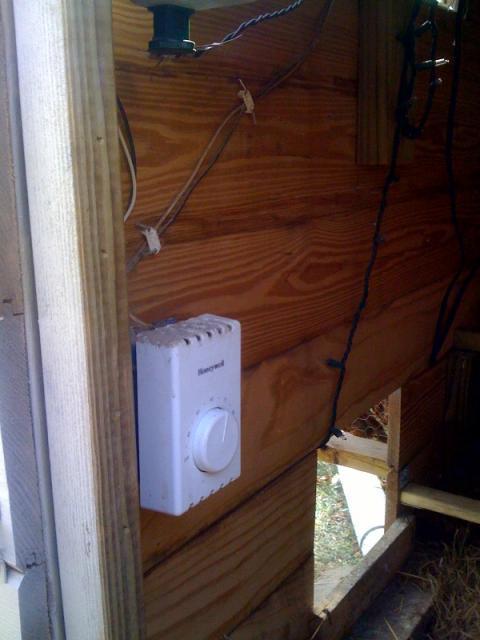enjoying the topic of ventilation as usual...
Something I wanted to point out to keep in mind. Especially with some of the smaller coop designs. As much as we love our chickens and want them to be warm and cozy, they need air to breathe...Fresh air is most likely more important than warm air.
I find that I have gotten even more interested in our weather, and its patterns, wind speed and direction and forecasted changes. I now know due north south east and west in my backyard. I can feel the climate and conditions inside my coop. I would assume deep litter method doesnt work well in a smaller coop filled with chickens thru the winter time...
Something I wanted to point out to keep in mind. Especially with some of the smaller coop designs. As much as we love our chickens and want them to be warm and cozy, they need air to breathe...Fresh air is most likely more important than warm air.
I find that I have gotten even more interested in our weather, and its patterns, wind speed and direction and forecasted changes. I now know due north south east and west in my backyard. I can feel the climate and conditions inside my coop. I would assume deep litter method doesnt work well in a smaller coop filled with chickens thru the winter time...






